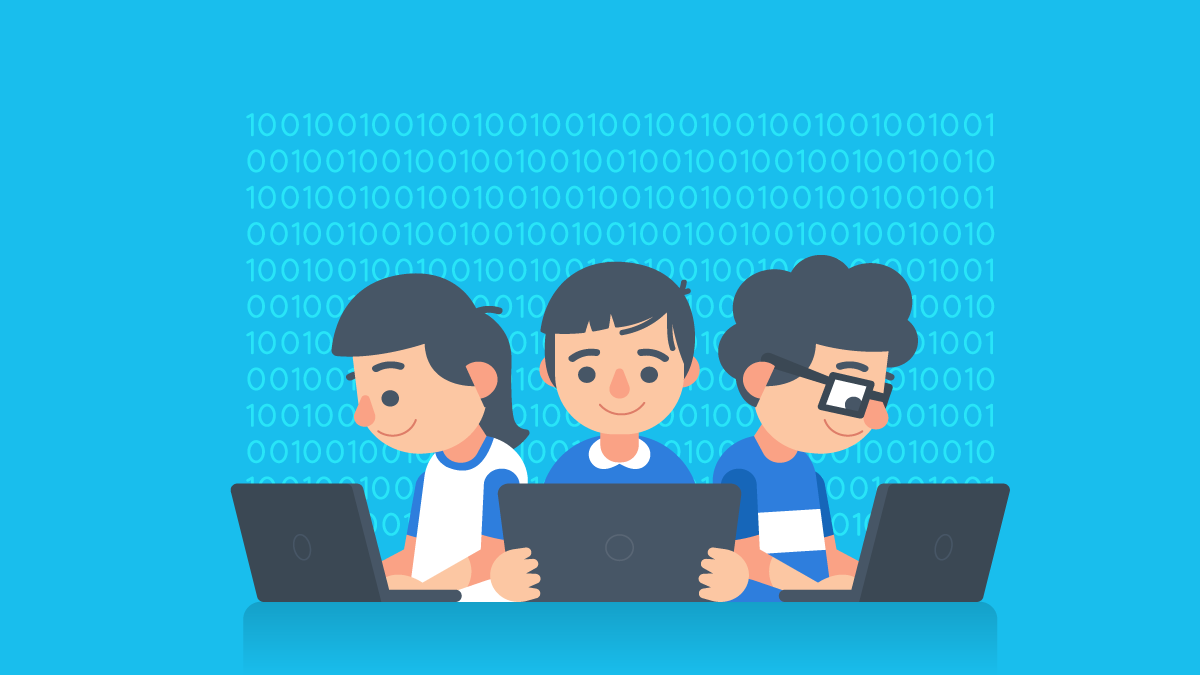
Those seemingly endless series of zeros and ones that make your head spin or those same sets of green numbers you see in a Matrix movie are called binary codes. As the name implies, this computer code is a two-symbol system, usually composed of 0 and 1. It can be used to represent sets of computer processor instructions, text, and other information that utilizes a two-symbol system. Here, we’ll focus on how binary codes are converted to letters and how a series of such codes get converted to text.
History of Binary Codes
For something that looks modern, the binary code’s history goes back as far as the 17th century. In 1689, a logician and mathematician named Gottfried Leibniz invented the modern binary number system, which is the basis of the binary system. This invention came about as Leibniz was studying on creating a system where logic’s verbal statements are converted into a pure mathematical version. When he invented the binary number system, there was no known use for it at the time, but it served as a stepping stone and important heritage for the inventors and mathematicians that emerge in the future.
What is a Binary Code?
Before we touch on converting binary code to text, we need to first understand how the code works or at least have a general idea about it. As mentioned earlier, it wasn’t until the 19th and 20th centuries when the practical use of binary codes was discovered. In the 19th century, an 1847 paper published by George Boole outlined an algebraic system of logic, which we now know as Boolean algebra. This system is akin to a binary system, using a yes-no, on-off approach and consists of three basic operations: AND, OR, and NOT. Nearly a century later, a mathematician named Claude Shannon established a connection between Boolean algebra and electric circuit operation in his thesis in 1937.
This paved the way for the use of the binary code in various applications like computers, electronics, and many others. One notable application of the binary code is the binary to text conversion, which we see in our computer monitors. The process of inputting text typing commands and getting a display of such text on the computer screen takes a long, complicated process if not for the super-fast processing speed of modern computers. The letters and words that we put in are converted in machine-readable binary codes and then converted back to a human-readable text as a display. We don’t need to run through the whole process, but a few key concepts in the succeeding sections will help us get the gist of how binary codes are converted into text.
The Role of ASCII Code
The binary code is not a readily convertible code, like the ones used in other programming languages. Keying in a certain set of binary codes doesn’t automatically convert the coded set to the prescribed character, text, or function. This is why it needs another code called ASCII (American Standard Code for Information Interchange) to help it become more recognizable by the computer’s system and be converted into letters and words. In a simple analogy, ASCII can be considered as the middleman that serves as a connection between a business and its consumers. It plays the same intermediary role when it comes to the conversion of binary code to text and vice versa. Thus, ASCII is an essential component of any binary translator program or software. ASCII has assigned values that are machine-readable and recognized by computer systems.
The ASCII values are shorter, decimal values that are equivalent to a specific combination of binary values and letters. As an example, the computer processes the binary 01100101 into its equivalent ASCII decimal value 101, which the computer recognizes as the letter “e” based on ASCII standard conversion. This is then displayed as the letter “e” on the computer screen. The same process is also followed in online applications such as binary to text translator binary to ASCII converter and other code conversion programs.
Applications of Binary Code Conversion
Now that we know about our computers having a built-in system that converts binary codes to text, we need to look at the possible application of such conversion beyond the computer system. Recreating the same conversion system is important in the outside world to store and share information. The internet is a complex connection of computer networks that use the Internet protocol suite (TCP/IP) to communicate with various devices and networks. The protocol consists of various machine-readable codes, which include binary codes to facilitate the efficient and seamless transfer of data across a wide area and between different devices. The articles, posts, emails, chats, and other forms of text-intensive information we see are due to the conversion systems at work in the virtual world.

We have touched on the basic principles and concepts of the binary code and how it can be converted into text. Knowing what binary codes are all about makes learning about it less intimidating and more interesting. As we live in a digital world, learning about the key concepts of how digital technology works make us appreciate the achievements we have reached in terms of information technology.




